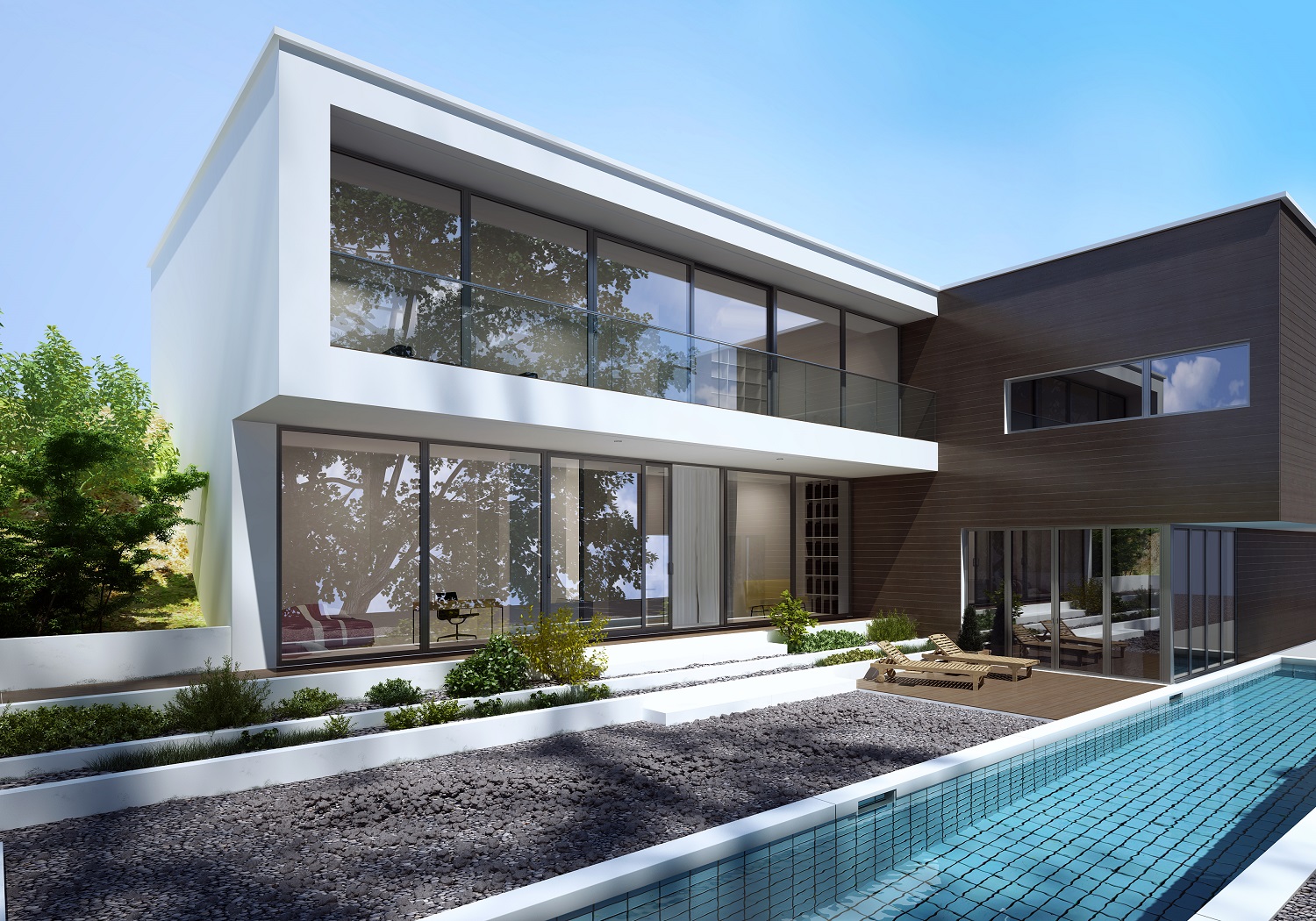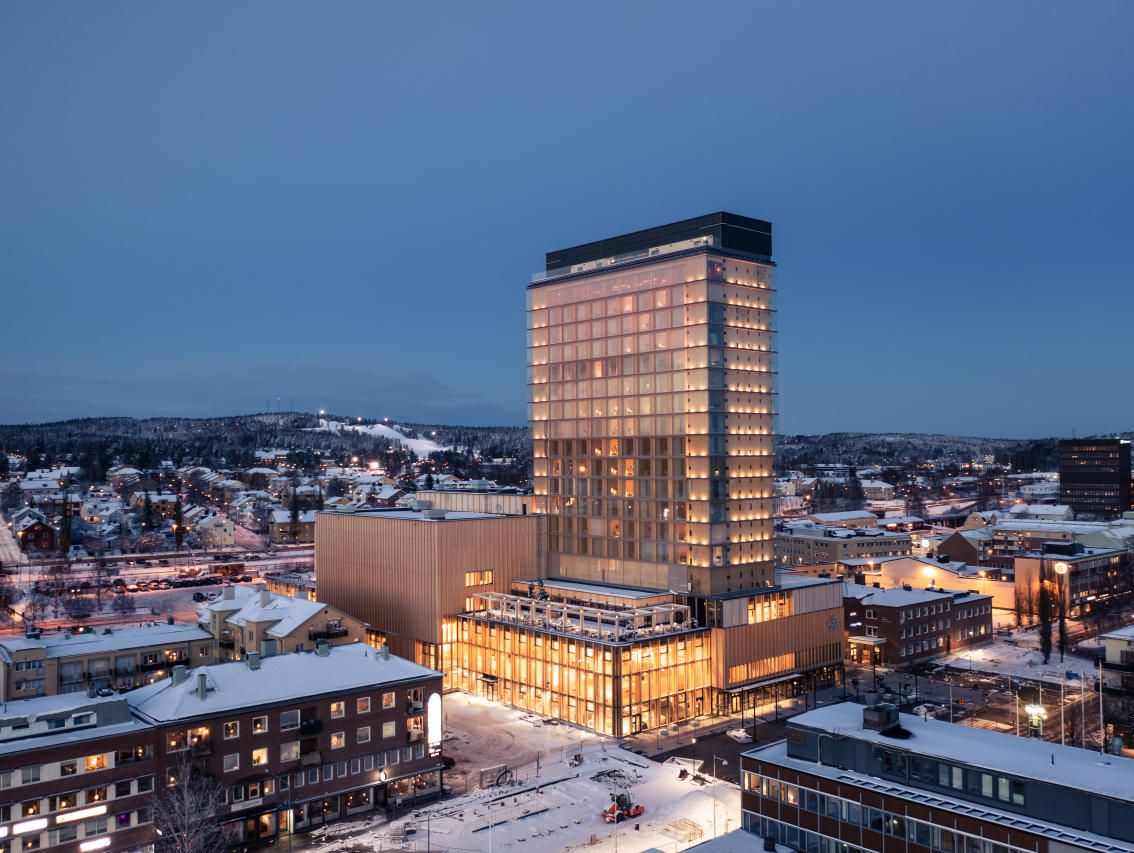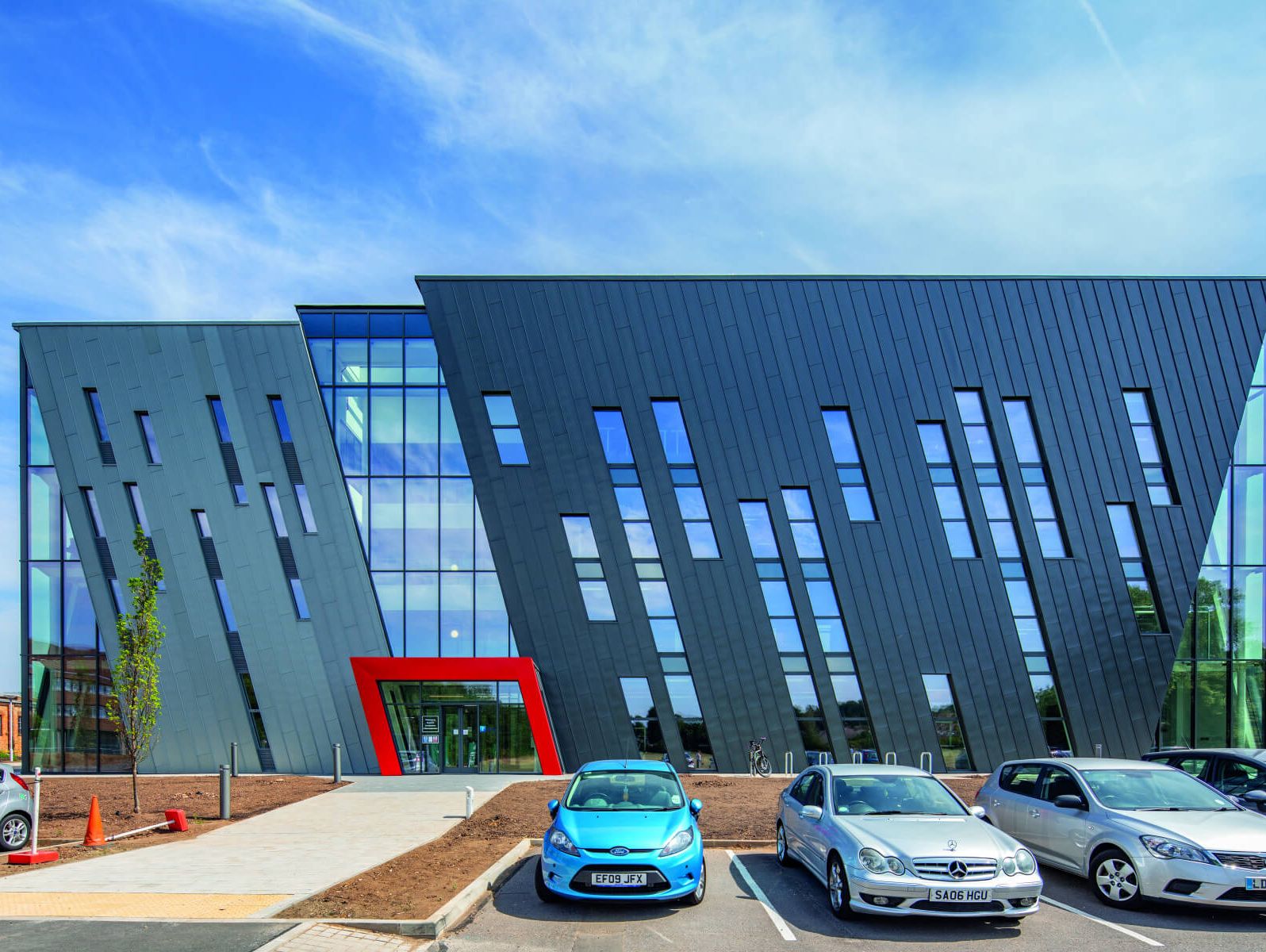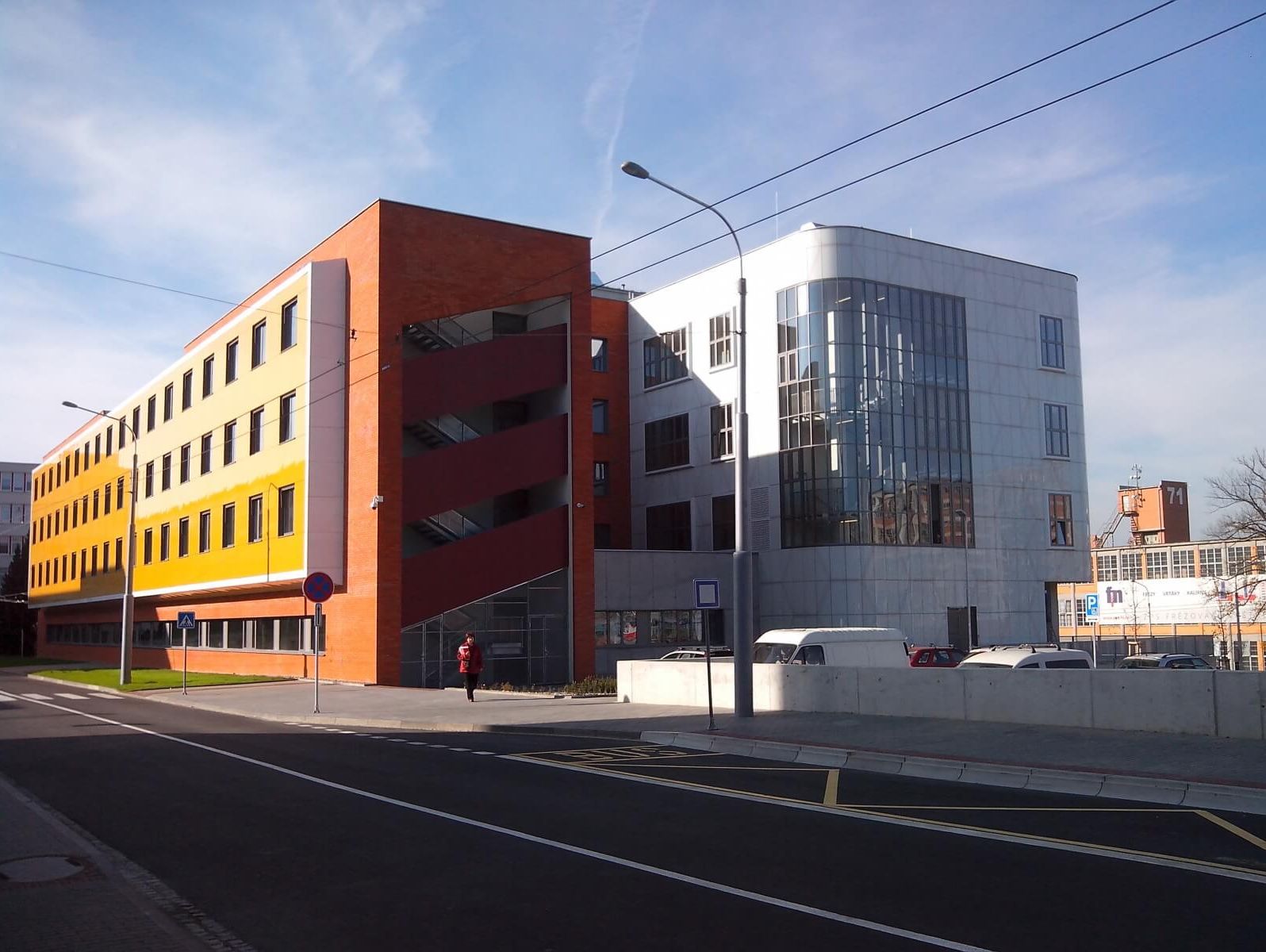How has the concept of sustainable construction developed over the past decades?
Sustainable construction is a set of actions and solutions with the aim of reducing or completely eliminating the negative impact of buildings on the environment. We have heard more about it in recent years, but the origins of this trend date back to the 1970s.
The traditional building model took into account three basic elements: utility, durability and comfort. In the case of sustainable construction, the environmental aspect is also taken into consideration. However, before this could happen, many years passed before we understood how significantly the construction industry affects the environment and then to develop appropriate rules and standards to counteract this impact.
The 1970s – an oil crisis
The shock caused by the sudden rise in prices during the 1973 oil crisis prompted the authorities in many countries to introduce changes in their energy policy. People began to realise the importance of saving energy. At the same time, the search for alternative energy sources began. The energy crisis also resulted in shortages of other natural resources, which gave rise to many discussions about the impact of human activity on the environment. There was increasing criticism of the limited circulation systems related to producing and discarding, with no consideration of activities aimed at how we dispose of the resulting waste.
The 1980s – the Brundtland committee report
The 1980s saw the continuation of policies based on the conclusions drawn from the oil crisis. In 1987, the 'Our Common Future' report was published by the Brundtland Committee (World Commission on Environment and Development), which was founded by the United Nations. Thanks to this report, the term 'sustainable development' became popular. It is used to describe socio-economic development, which is a process of integrating political, economic and social activities while maintaining the natural balance and sustainability of basic natural processes. The goal is to ensure that the basic needs of individual communities or citizens, for the present and future generations, can be met.
This was the period when the Passivhaus standard (passive house) appeared in Germany. Its regulations set out the techniques and processes required to achieve 70% to 90% more energy savings compared to conventional buildings.
The 1990s – the first passive house
The first passive house was built in 1990 (Darmstadt, Germany) and a short while later the Passivhaus-Institut was founded in the same city to monitor and foster the development of the standard. In the years that followed, passive houses were built primarily in Germany and Austria, and then gradually in cities in other European countries.

MB-104 Passive, a window and door system with the highest thermal insulation, certified by PHI Darmstadt
In order to save 90% of the energy used for heating, which is required in passive houses, it was necessary to develop changes in the technologies related to ventilation systems etc. In the 1990s, a lot of attention was paid to alternative energy sources, new materials and improved energy efficiency.
In 1994, Professor Charles J. Kibert formulated a definition of sustainable construction as the creation and responsible management of a healthy built environment based on the rules of resource efficiency and ecology. The previous major threats used in construction (efficiency, quality and cost) were replaced by resource depletion, environmental degradation and the concern for a healthy environment.
In order to achieve them, the following rules have been established for sustainable construction:
- Minimising resource consumption.
- Maximising reuse of resources.
- Using renewable or recyclable resources.
- Protection of the natural environment.
- Creating a healthy, non-toxic environment.
- Striving for the highest quality.
When the Kyoto Protocol came into force in 1997, economic growth began to be linked to sustainable development. The negotiating parties pledged to significantly reduce greenhouse gas emissions while promoting the development of ecology and alternative sources of energy generation. This treaty also included strict requirements for the construction industry – responsible for much of the pollution.
Additional definitions and frameworks for sustainable construction practices were more strictly set out in Agenda 21 for sustainable construction in 1999.

Sara Kulturhus, Skellefteå, Sweden. Systems used: MB-86 SI, MB-SR50N, MB-SR50N OW
In the 1990s, the trend of certifying buildings for their environmental impact emerged in the global construction industry. Certificates awarded to environmentally friendly buildings cover environmental aspects, the use of raw materials, as well as the way the whole construction process impacts the local infrastructure and society. Certificates elevate the status of the project and confirm the features of the building. The BREEAM system has become more widely recognised in Europe, while in the United States, the rules for environmental assessment of buildings have been developed primarily on the basis of LEED certification.

Nottingham University – Rad building (Gera building), Nottingham, UK. Systems used: MB-TT50, MB-104 Passive
The 21st century – the development of sustainable construction
At the beginning of the 21st century, the Passivhaus standard reached the United States. The first buildings created in accordance with this standard appeared in Urbana, Illinois (2003) and Waldsee, Minnesota (2006).
In the years that followed, the focus shifted to striving to reduce or completely eliminate the negative environmental impact of buildings even further. Architectural designs increasingly began to incorporate sustainable building materials, such as wood, glass and aluminium. Such solutions as aluminium window frames made it possible to build modern buildings with large glazing areas without sacrificing energy efficiency.
The sustainable construction trend has also started to include existing buildings, making revitalisation and mixed-use architecture popular, which allows existing, derelict or neglected buildings, or even entire neighbourhoods, to be given a new lease of life, while the solutions used during the revitalisation help to reduce their energy demands.

Centrum Polymerních Systémů Zlín, Zlín, Czech Republic. Systems used: MB-23P, MB-70HI, MB-78EI, MB-SR50N HI+
Let’s build a better future
In the 1970s, it became clear how much of a threat irresponsible energy management posed to the world. In the 1980s, a series of standards, reports and agreements were developed to standardise new rules that put the environment first. The effects of these changes became noticeable in the following decade, as the first passive house was developed during the 1990s. At the beginning of the 21st century, sustainable construction became a leading trend rather than an interesting novelty.
The current objective is for Europe to reach zero carbon emissions by 2050. Its achievement is possible only through continuous education and practical implementation of the rules of sustainable construction, which is an important tool in the fight for a better tomorrow.
